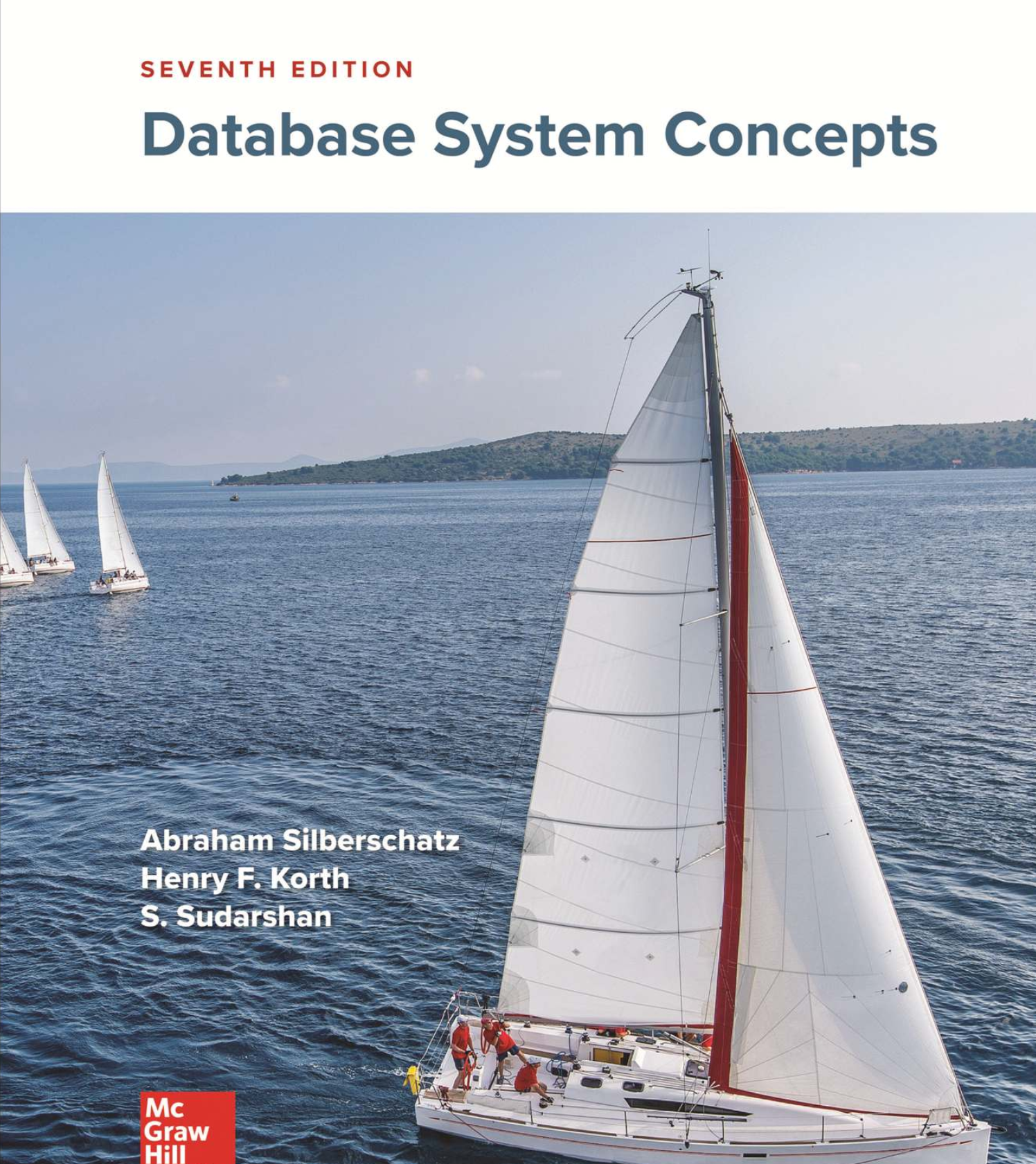Database management has evolved from a specialized computer application to a
central component of a modern computing environment, and, as a result, knowl
edge about database systems has become an essential part of an education in
computer science. In this text, we present the fundamental concepts of database
management. These concepts include aspects of database design, database lan
guages, and database-system implementation.
This text is intended for a first course in databases at the junior or senior
undergraduate, or first-year graduate, level. In addition to basic material for
a first course, the text contains advanced material that can be used for course
supplements, or as introductory material for an advanced course.
We assume only a familiarity with basic data structures, computer organi
zation, and a high-level programming language such as Java, C, or Pascal. We
present concepts as intuitive descriptions, many of which are based on our run
ningexampleofauniversity.Importanttheoreticalresultsarecovered,butformal
proofs are omitted. In place of proofs, figures and examples are used to suggest
why a result is true. Formal descriptions and proofs of theoretical results may
be found in research papers and advanced texts that are referenced in the biblio
graphical notes.
The fundamental concepts and algorithms covered in the book are often
based on those used in existing commercial or experimental database systems.
Our aim is to present these concepts and algorithms in a general setting that is
not tied to one particular database system. Details of particular database systems
are discussed in Part 9, “Case Studies.”
In this, the sixth edition of Database System Concepts,wehaveretainedthe
overall style of the prior editions while evolving the content and organization to
reflectthechangesthatareoccurringinthewaydatabasesaredesigned,managed,
and used. We have also taken into account trends in the teaching of database
concepts and made adaptations to facilitate these trends where appropriat
In this, the sixth edition of Database System Concepts,wehaveretainedthe
overall style of the prior editions while evolving the content and organization to
reflectthechangesthatareoccurringinthewaydatabasesaredesigned,managed,
and used. We have also taken into account trends in the teaching of database
concepts and made adaptations to facilitate these trends where appropriate
central component of a modern computing environment, and, as a result, knowl
edge about database systems has become an essential part of an education in
computer science. In this text, we present the fundamental concepts of database
management. These concepts include aspects of database design, database lan
guages, and database-system implementation.
This text is intended for a first course in databases at the junior or senior
undergraduate, or first-year graduate, level. In addition to basic material for
a first course, the text contains advanced material that can be used for course
supplements, or as introductory material for an advanced course.
We assume only a familiarity with basic data structures, computer organi
zation, and a high-level programming language such as Java, C, or Pascal. We
present concepts as intuitive descriptions, many of which are based on our run
ningexampleofauniversity.Importanttheoreticalresultsarecovered,butformal
proofs are omitted. In place of proofs, figures and examples are used to suggest
why a result is true. Formal descriptions and proofs of theoretical results may
be found in research papers and advanced texts that are referenced in the biblio
graphical notes.
The fundamental concepts and algorithms covered in the book are often
based on those used in existing commercial or experimental database systems.
Our aim is to present these concepts and algorithms in a general setting that is
not tied to one particular database system. Details of particular database systems
are discussed in Part 9, “Case Studies.”
In this, the sixth edition of Database System Concepts,wehaveretainedthe
overall style of the prior editions while evolving the content and organization to
reflectthechangesthatareoccurringinthewaydatabasesaredesigned,managed,
and used. We have also taken into account trends in the teaching of database
concepts and made adaptations to facilitate these trends where appropriat
In this, the sixth edition of Database System Concepts,wehaveretainedthe
overall style of the prior editions while evolving the content and organization to
reflectthechangesthatareoccurringinthewaydatabasesaredesigned,managed,
and used. We have also taken into account trends in the teaching of database
concepts and made adaptations to facilitate these trends where appropriate

- Teacher: Nasser Mahmoud Tamim Mohamed
